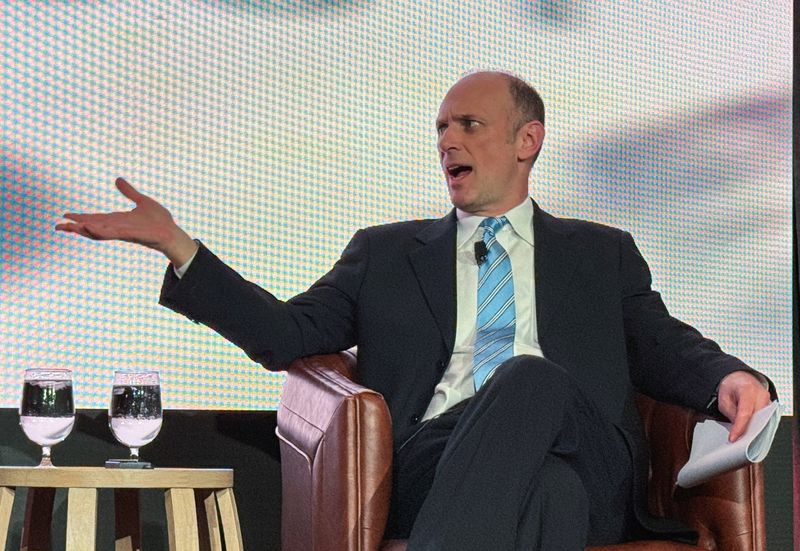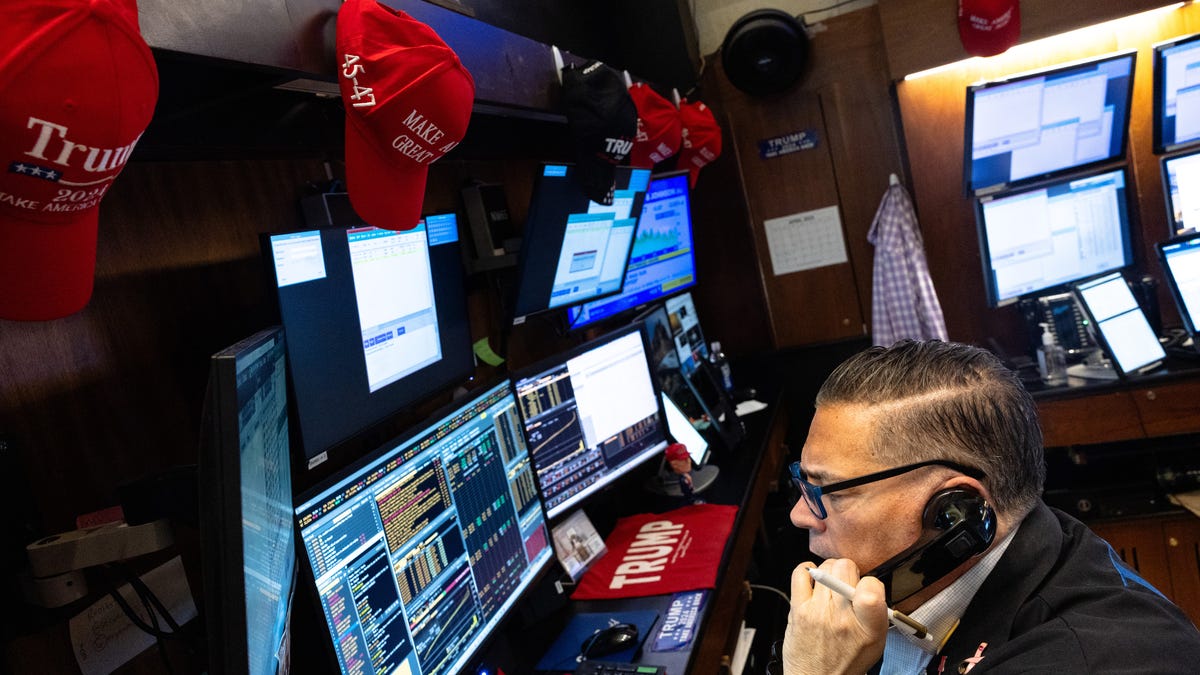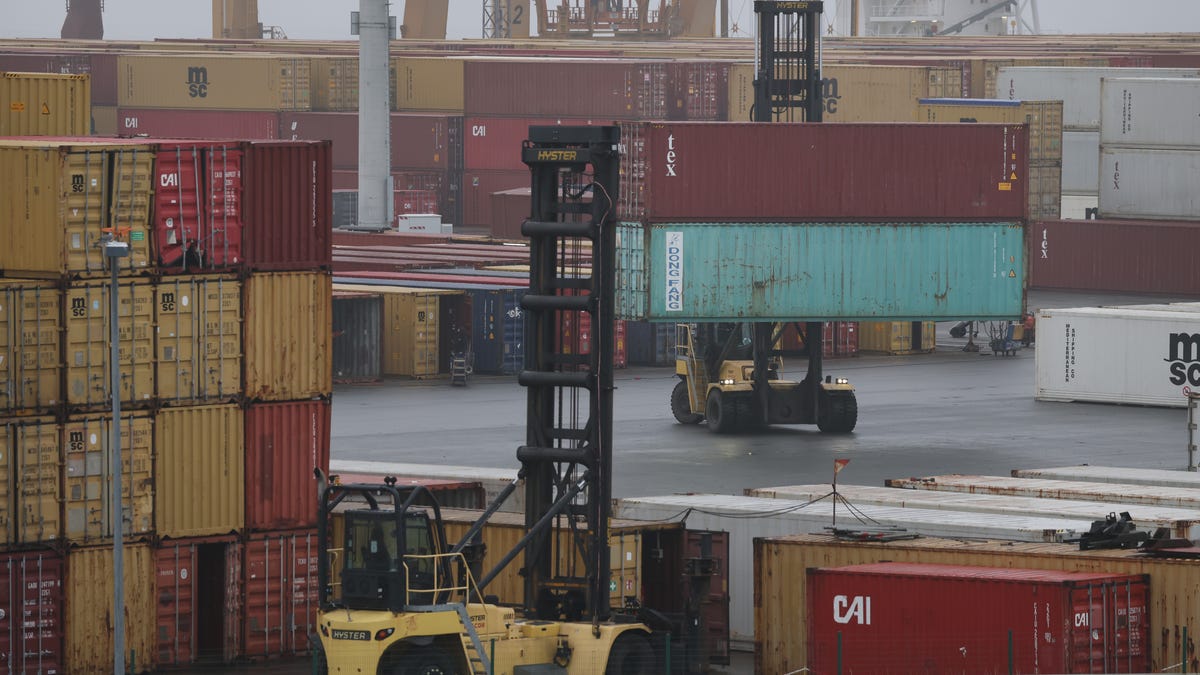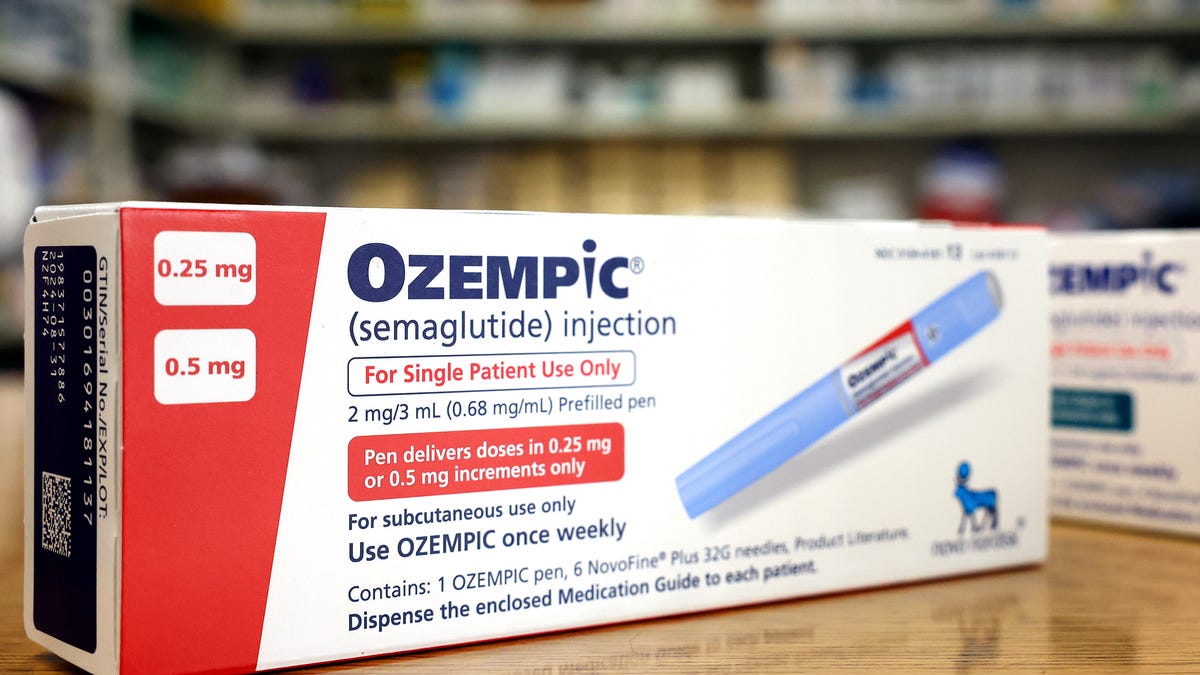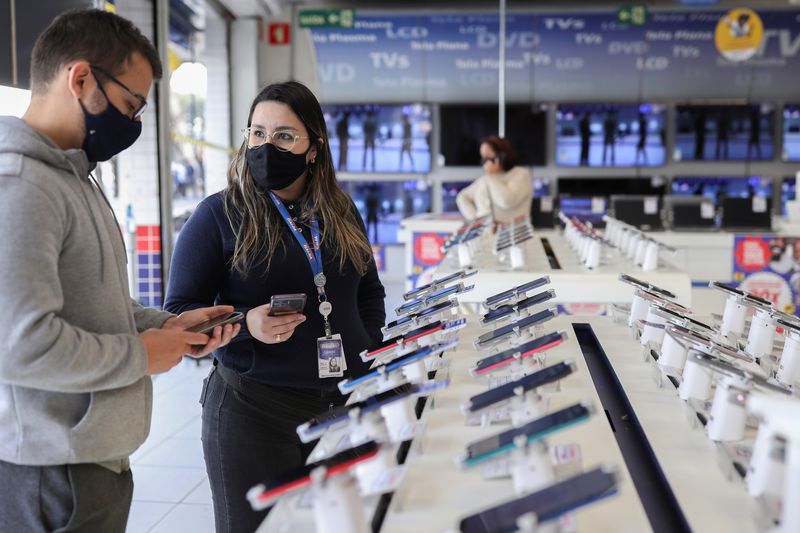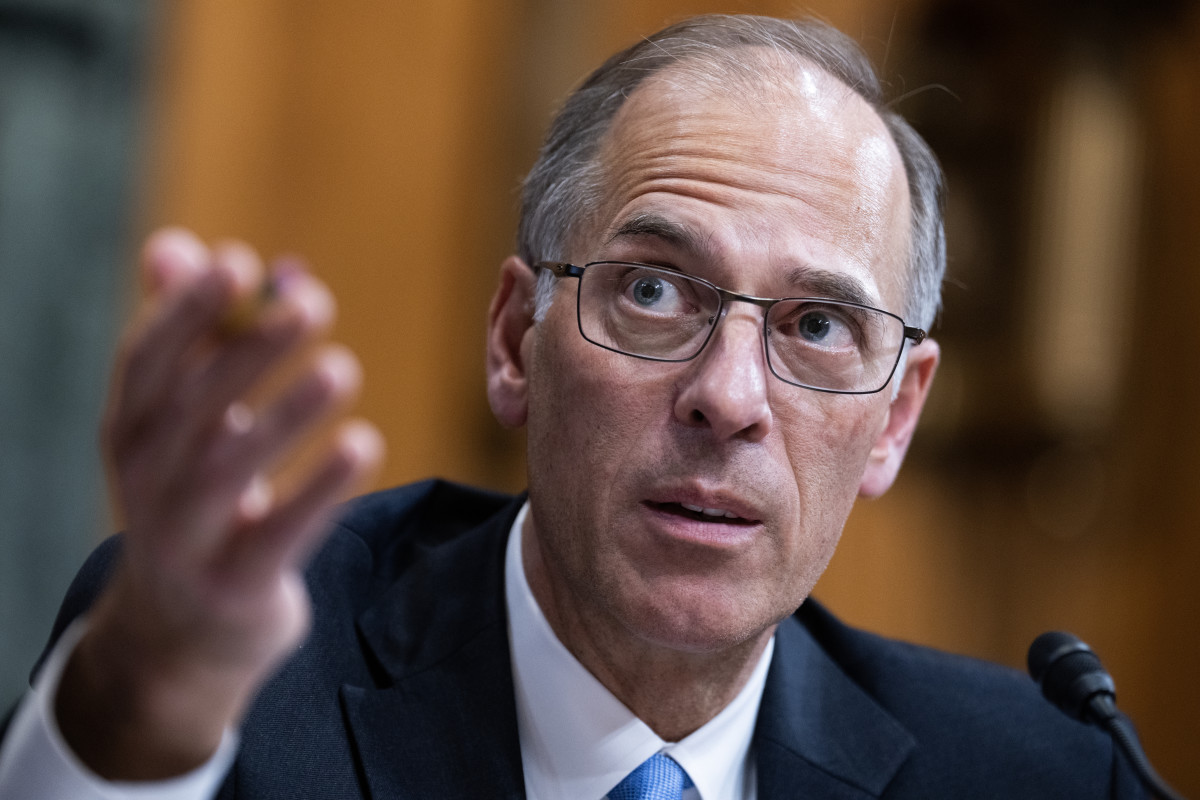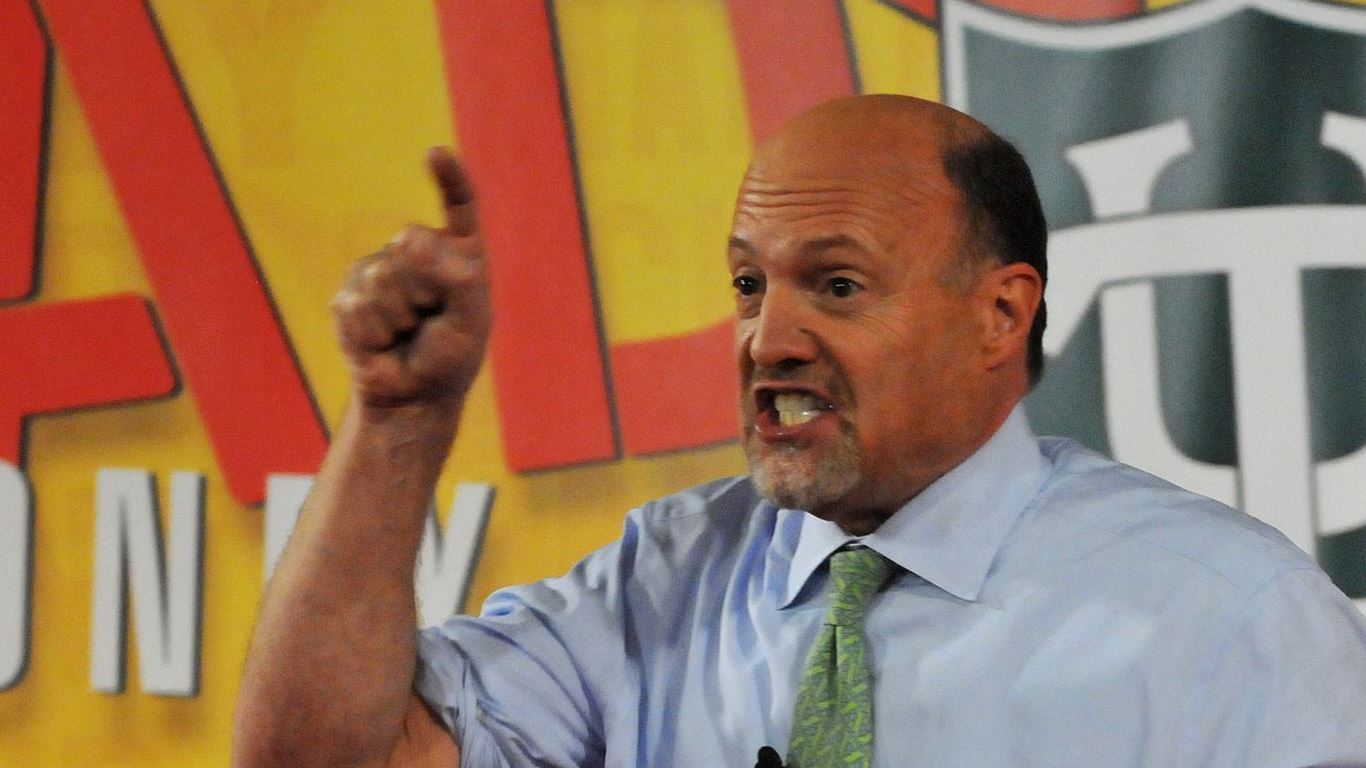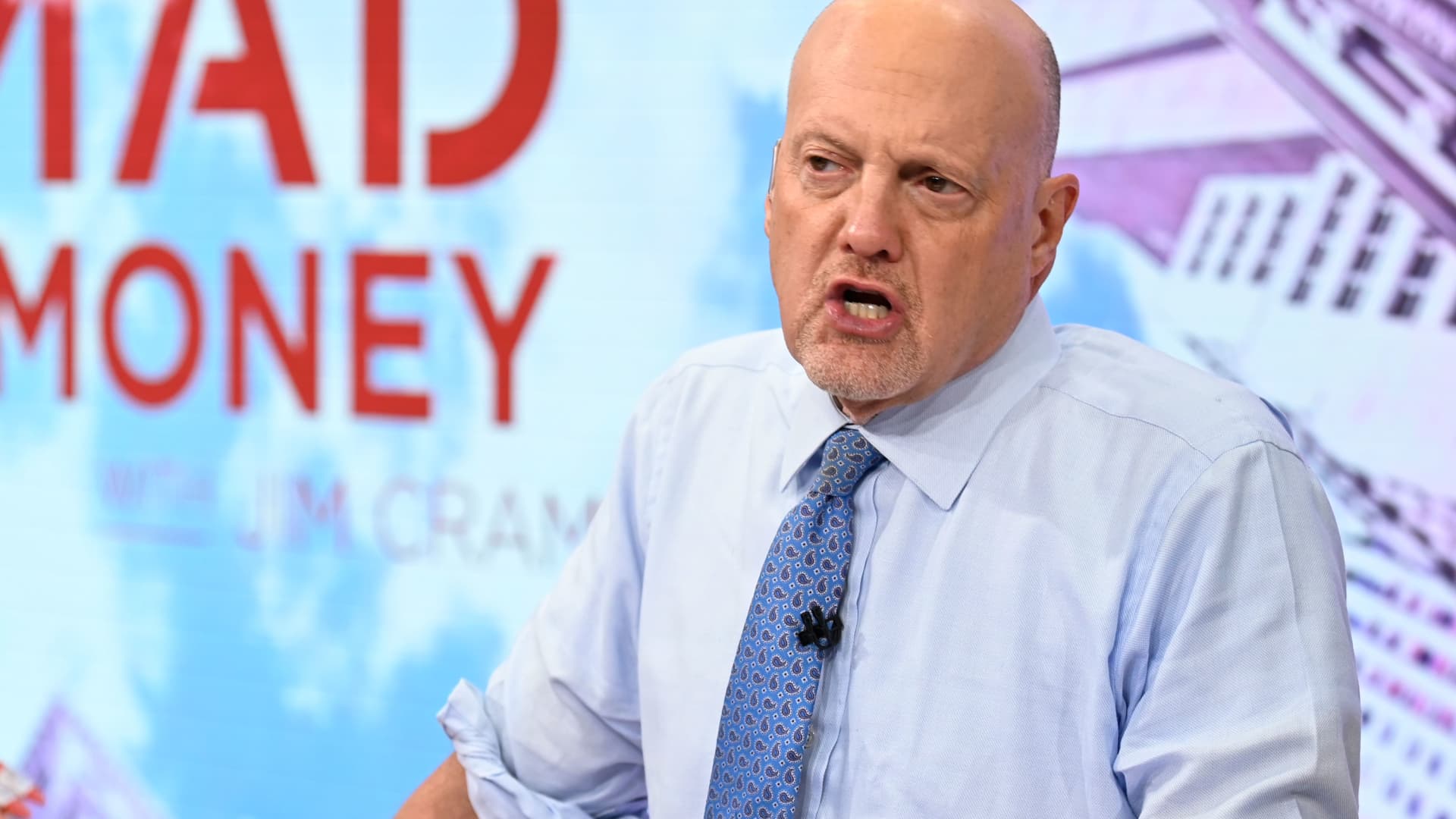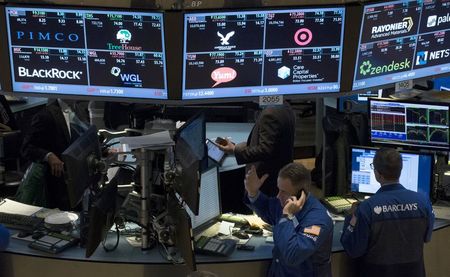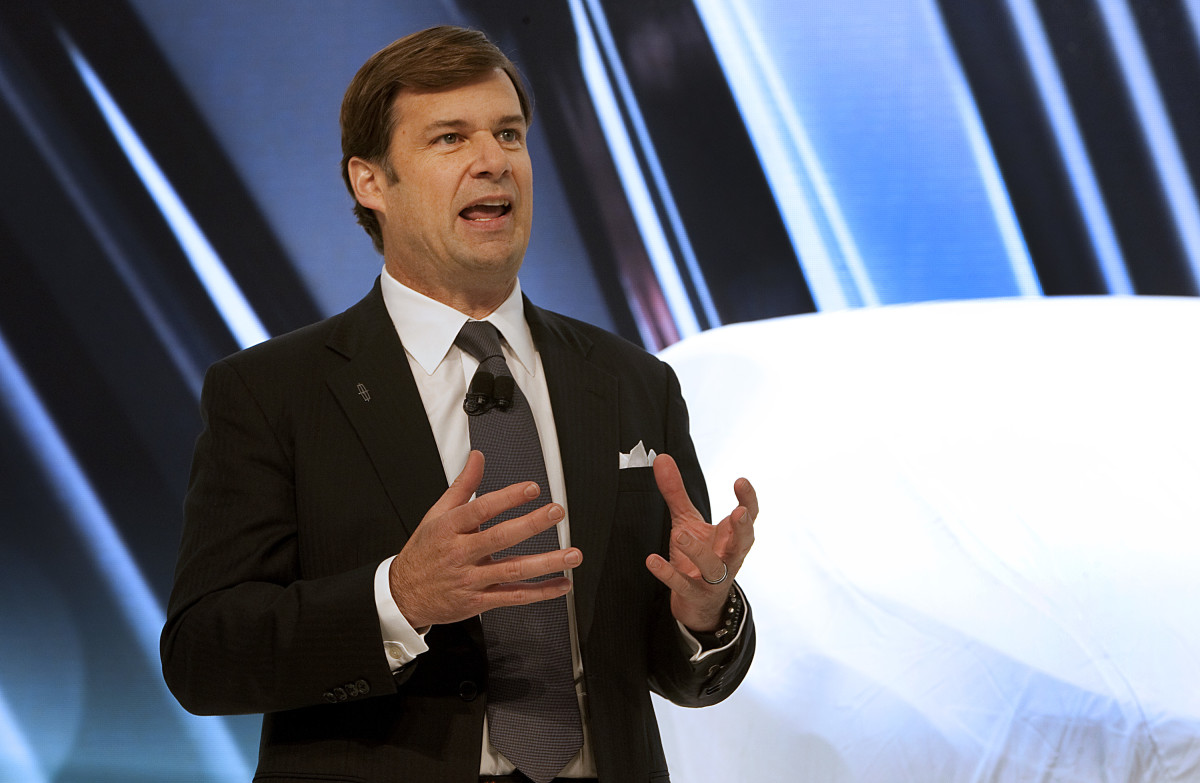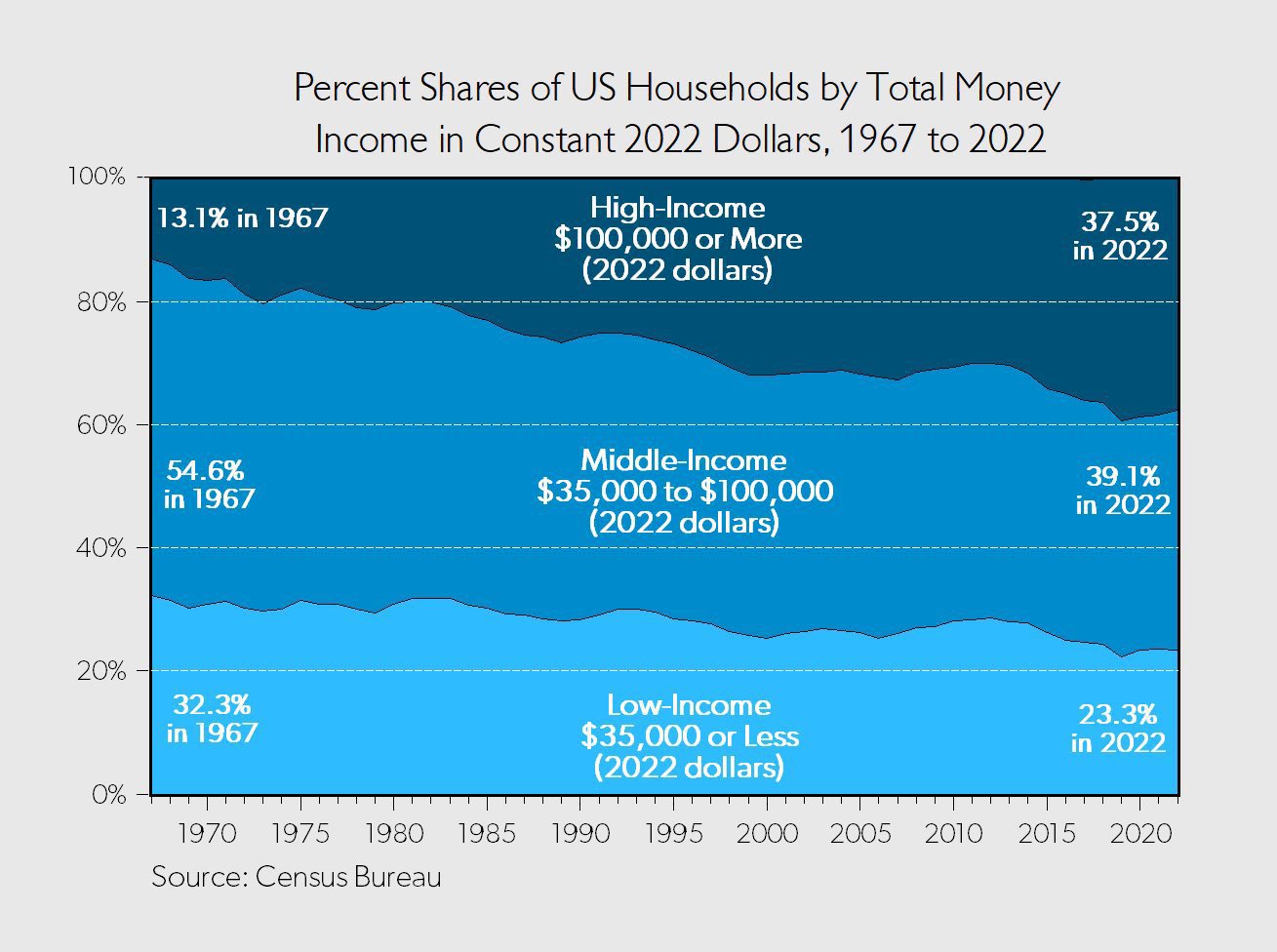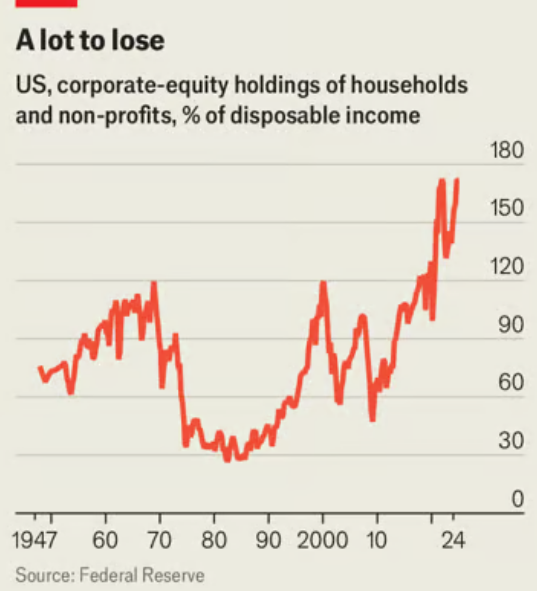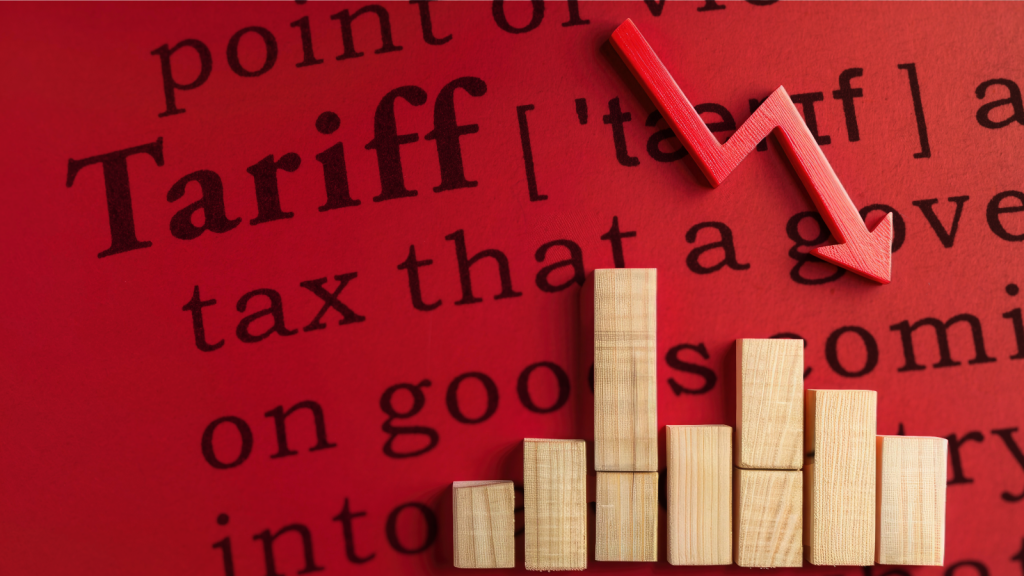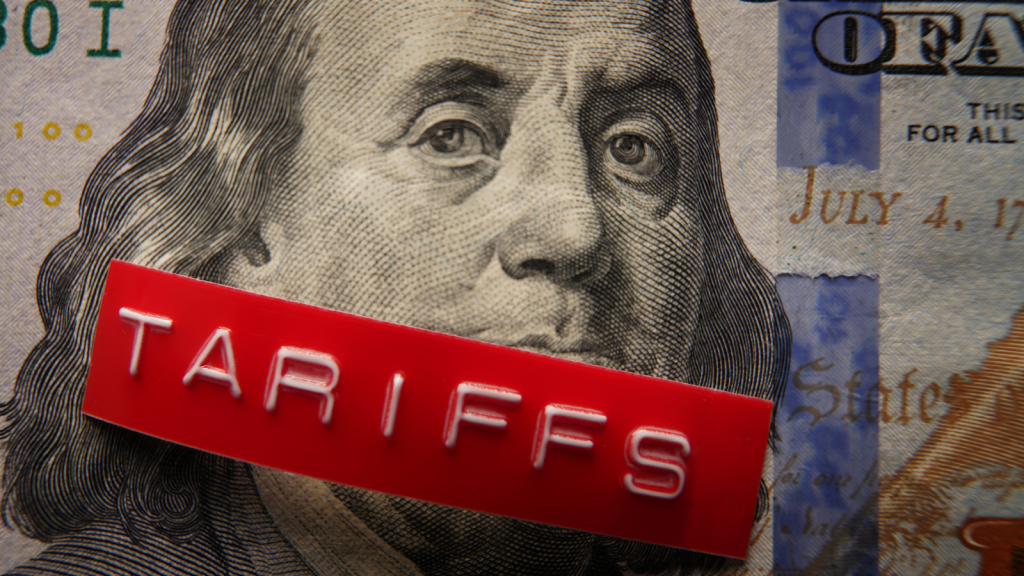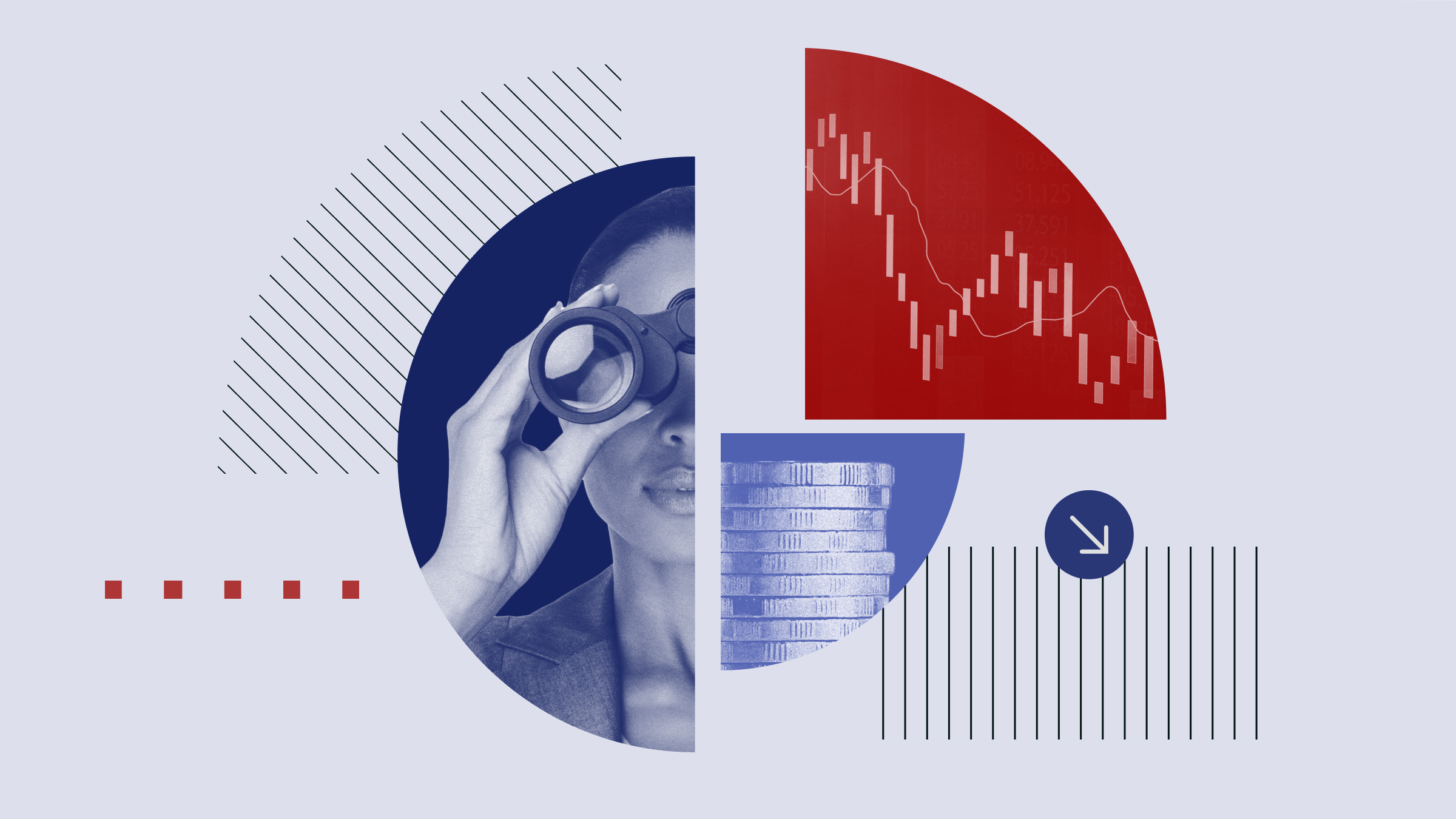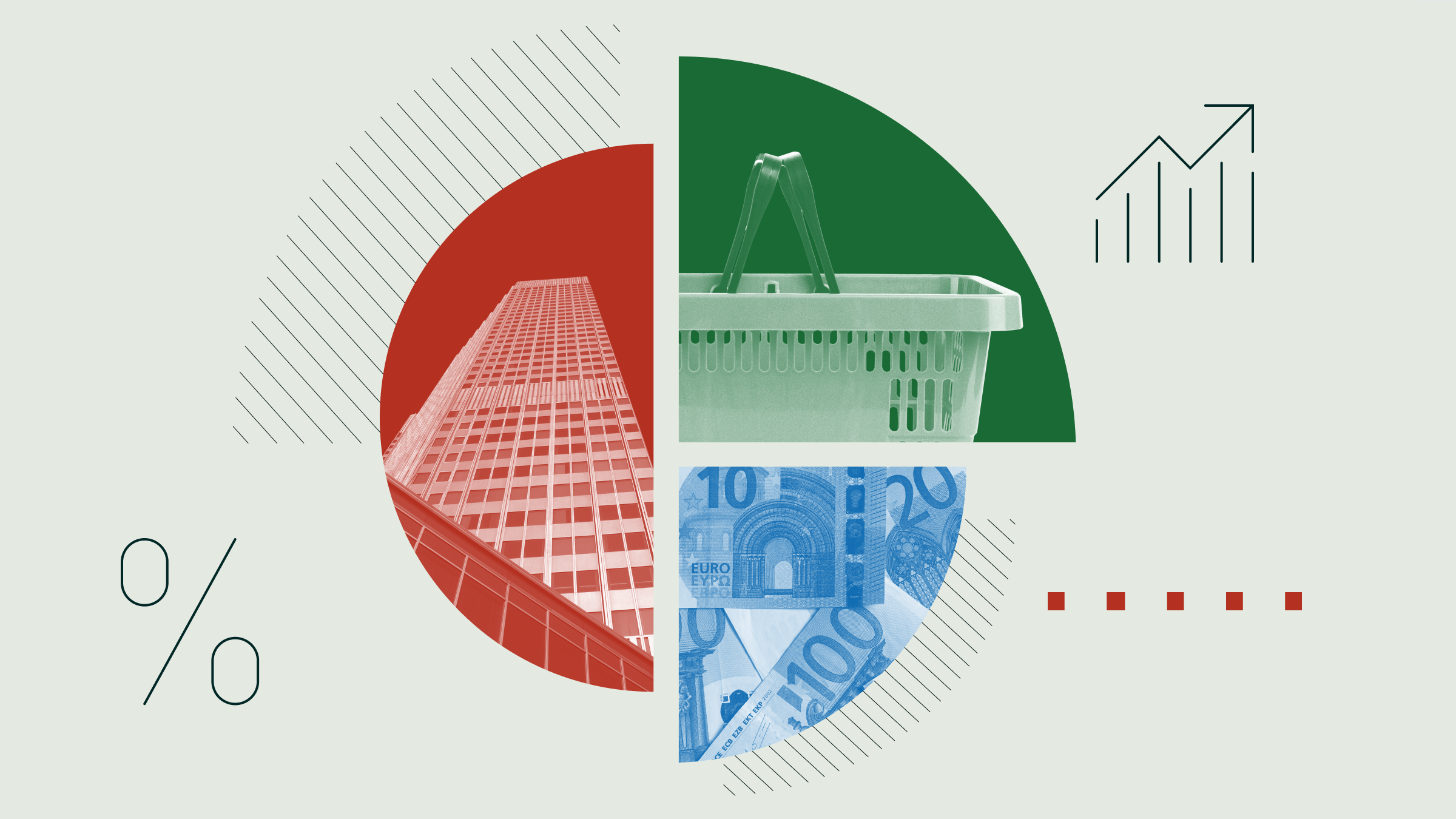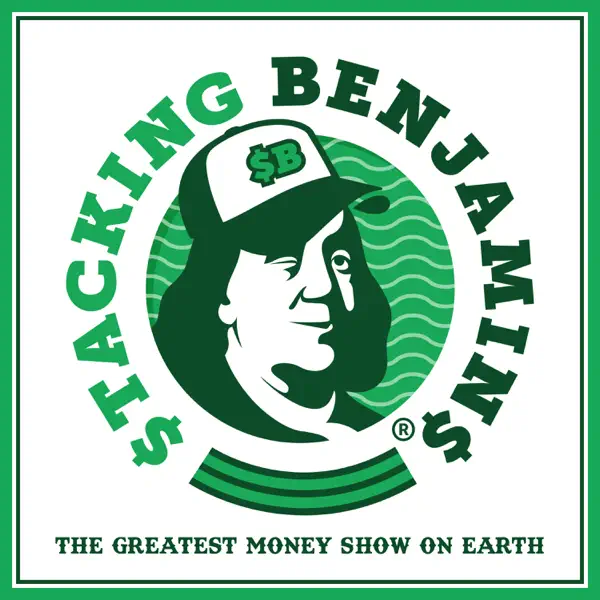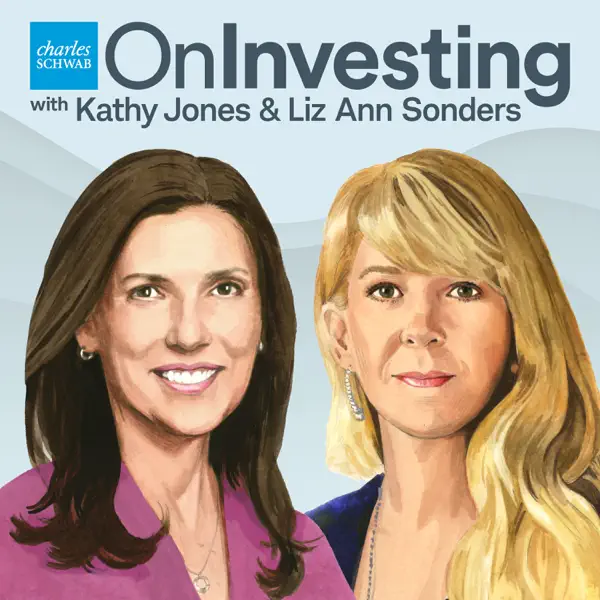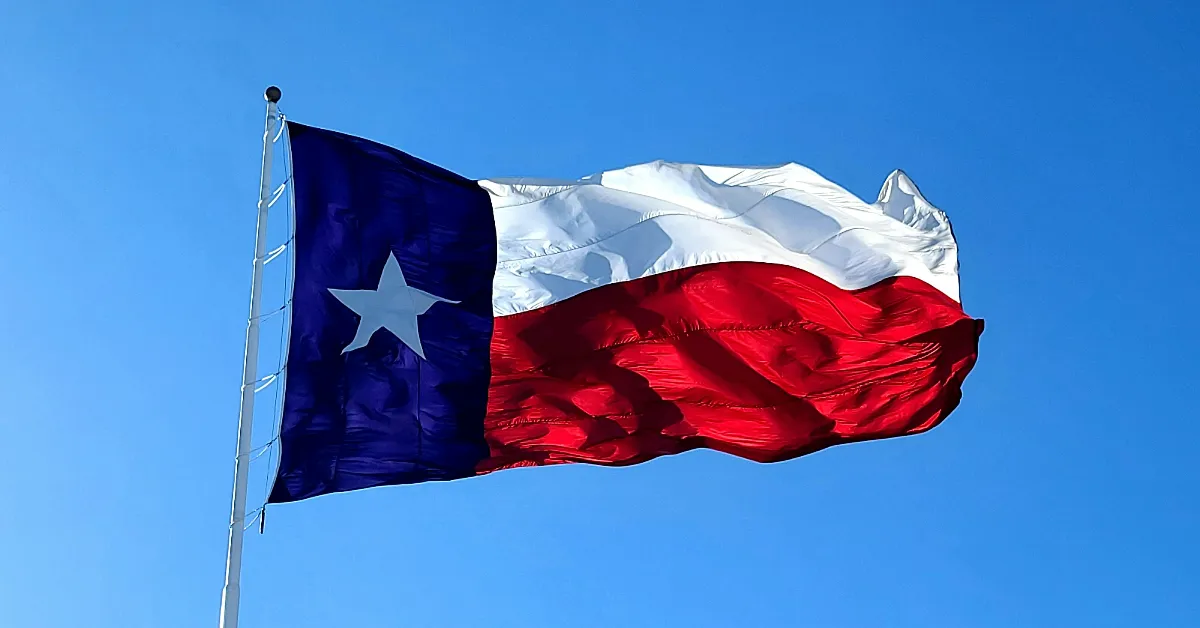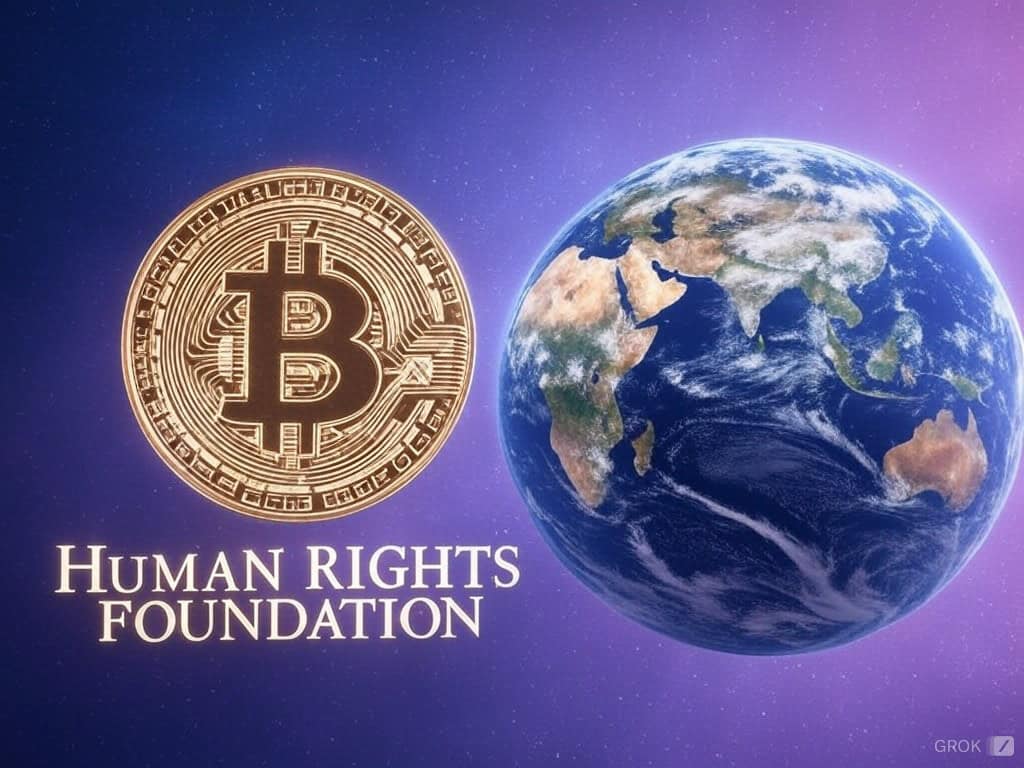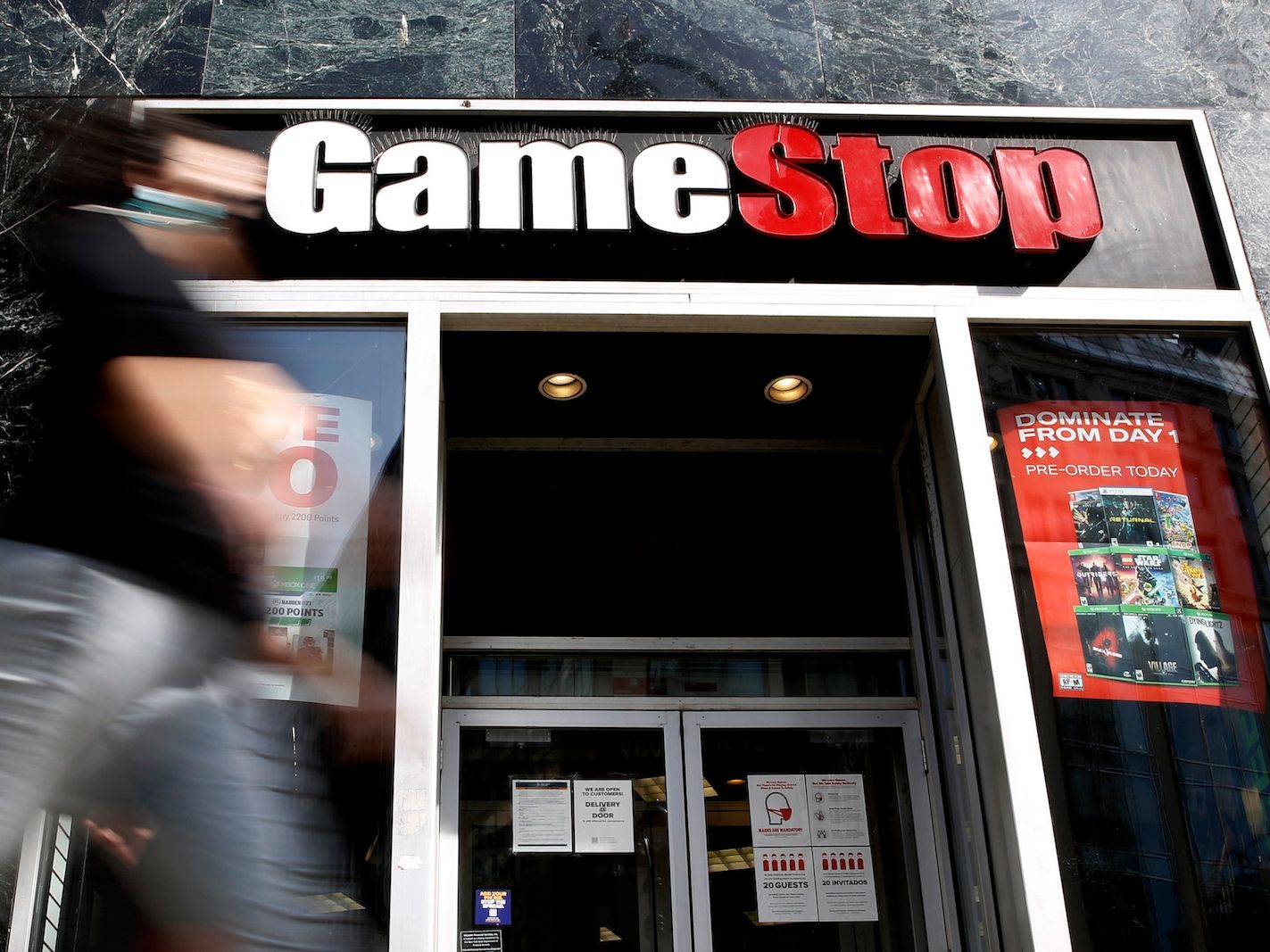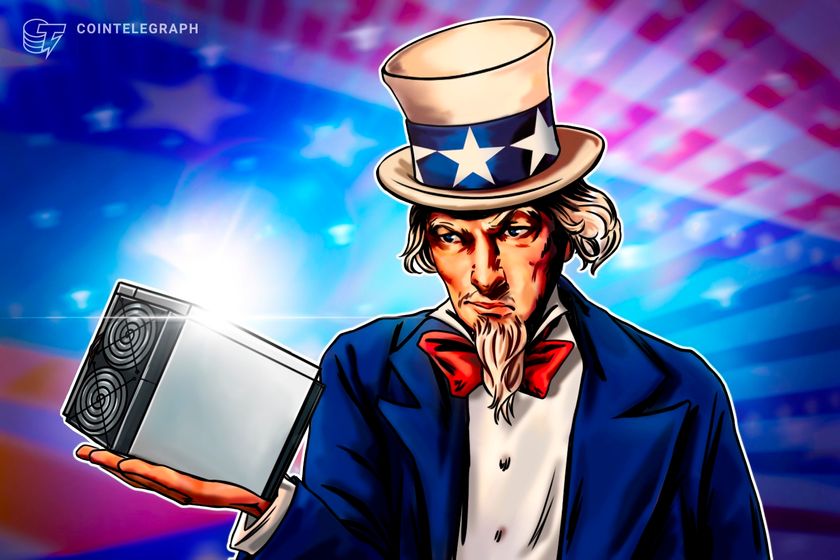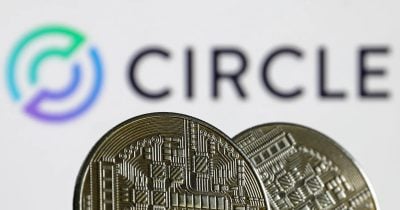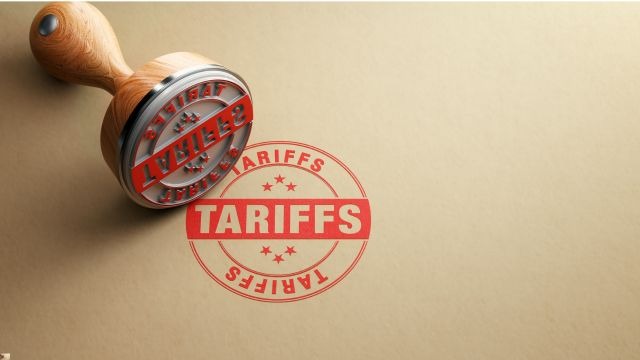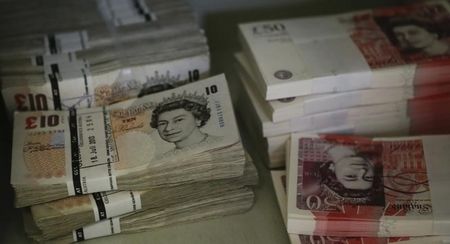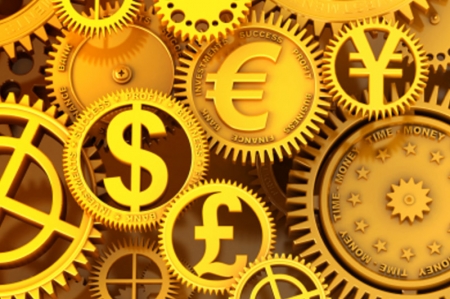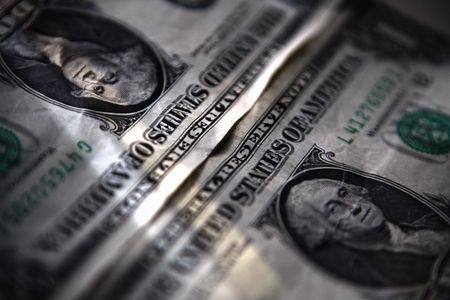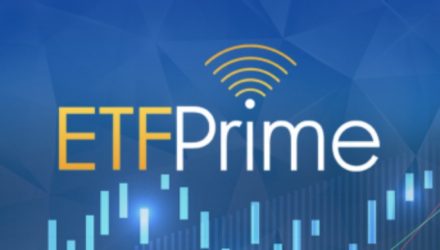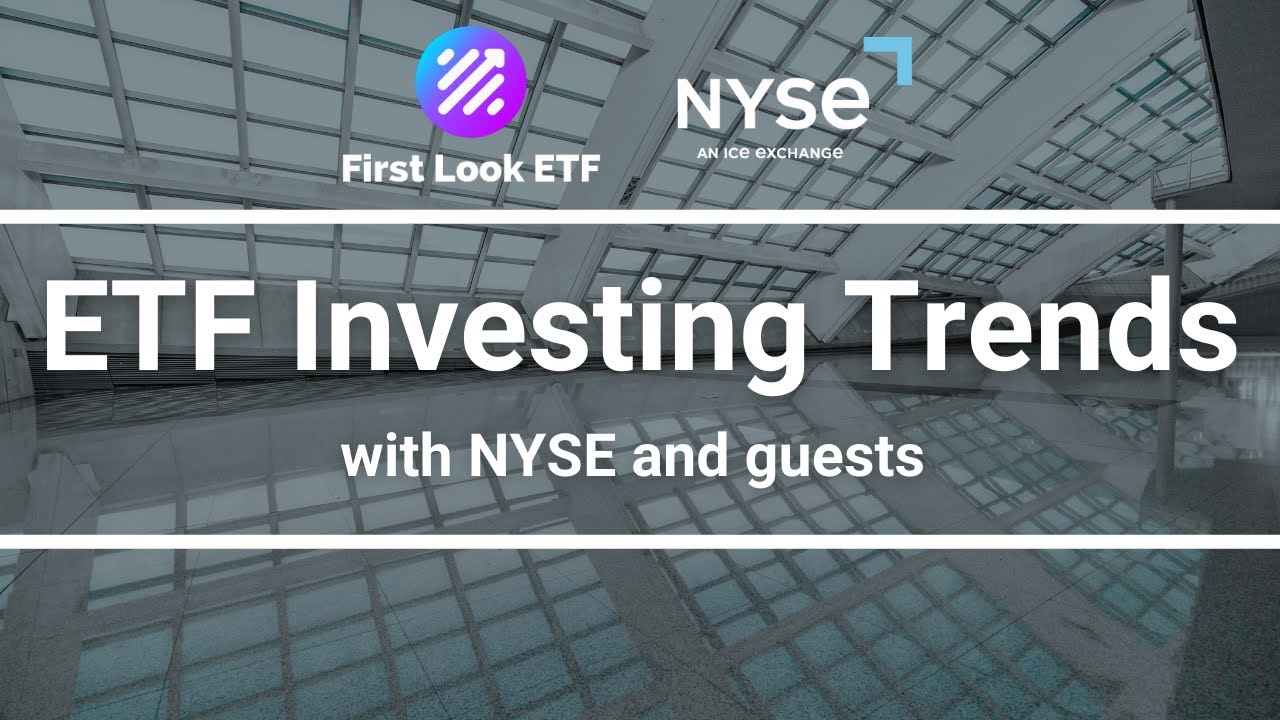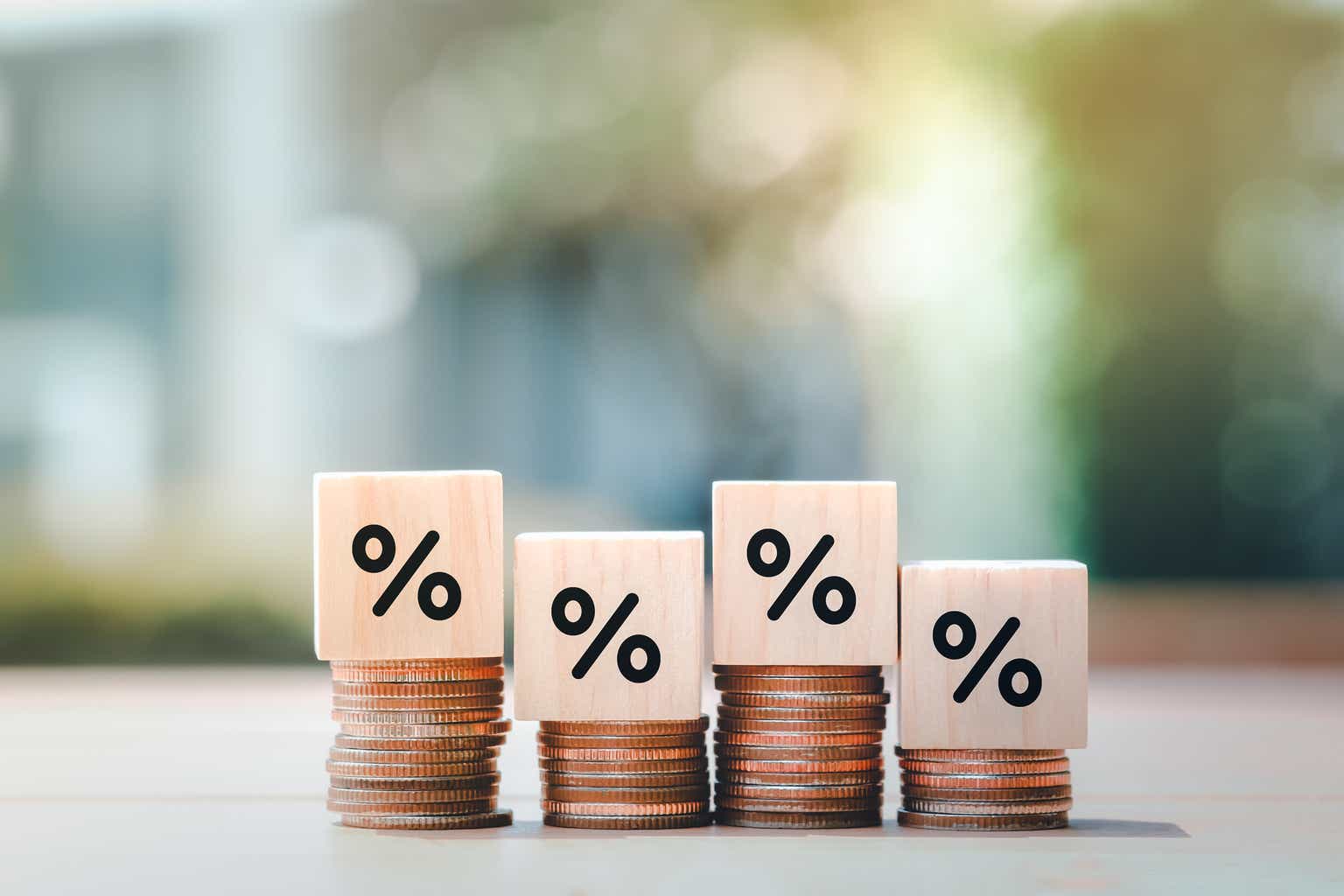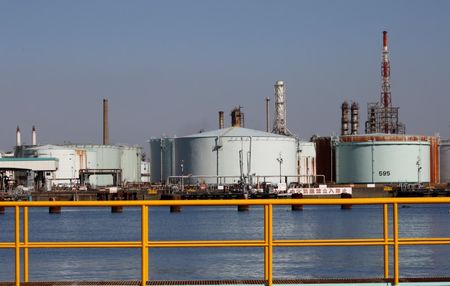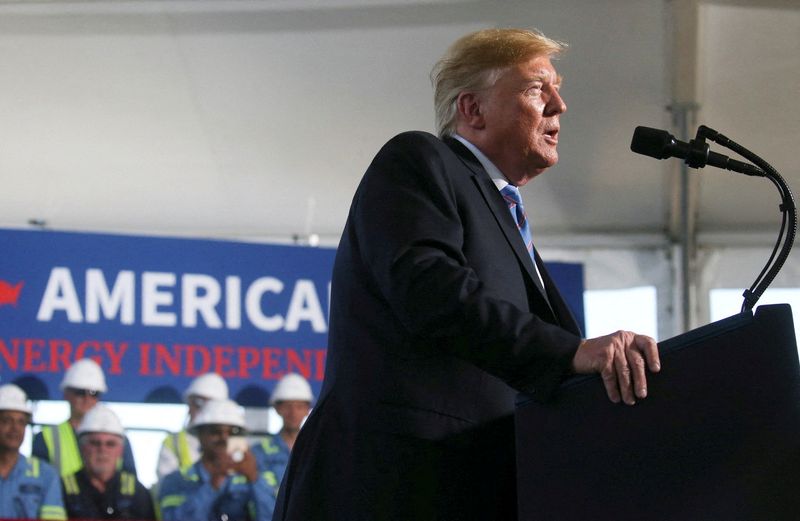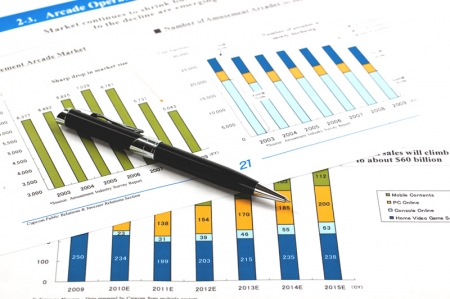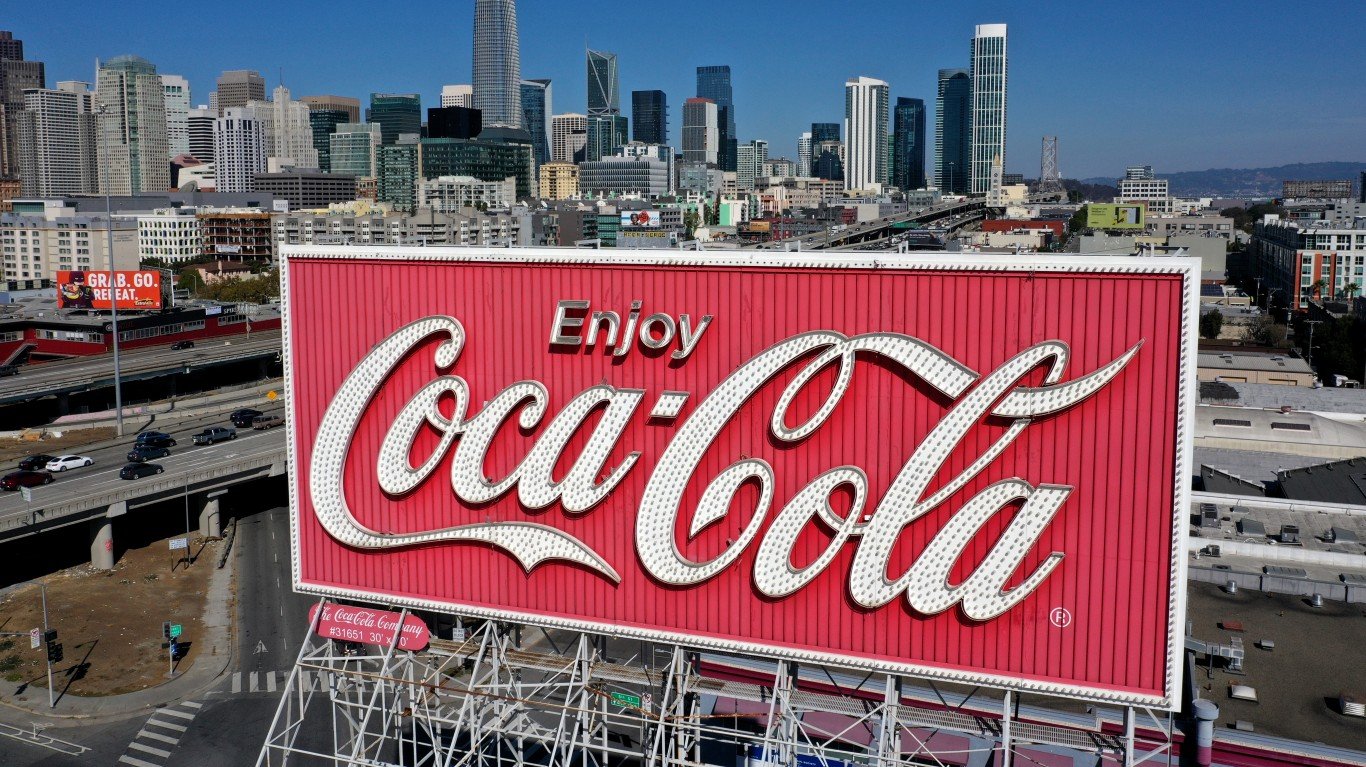Coca-Cola (KO) Price Prediction and Forecast 2025-2030 (March 2025)
Shares of Coca-Cola (NYSE: KO) remained mostly flat over the past month, experiencing a -0.39% loss compared to the S&P 500’s loss of -5.76% over the same period. So far in 2025, the Dividend King is having a banner year, posting a gain of 14.65%. This week, the company announced it will be investing more […] The post Coca-Cola (KO) Price Prediction and Forecast 2025-2030 (March 2025) appeared first on 24/7 Wall St..

Shares of Coca-Cola (NYSE: KO) remained mostly flat over the past month, experiencing a -0.39% loss compared to the S&P 500’s loss of -5.76% over the same period. So far in 2025, the Dividend King is having a banner year, posting a gain of 14.65%. This week, the company announced it will be investing more than $1.4 billion in Argentina to boost production, improve logistics and optimize infrastructure.
Coca-Cola is among the world’s most well-recognized brands and debatably the popular drink on Earth. In addition to its iconic Coke Classic, Coca-Cola has drastically expanded its menu of selections over the decades to include other popular brands, such as Sprite, Fresca, Smart Water, Dasani Water, Minute Maid lemonade and juices, Barq’s Root Beer, Monster Energy Drinks, Seagram’s Ginger Ale, teas and many others, totaling over 300.
Demand for the legacy company’s products continues to translate into earnings beats. In Q4 2024, Coca-Cola reported and EPS beat of 6.38% and a revenue beat of 6.54%, leading Wall Street analysts to maintain their “Strong Buy” rating. That Q4 EPS beat represents a 12.24% year-over-year increase, and investors are looking forward to April 29, when the company reports Q1 2025 earnings.
24/7 Wall Street crunched the numbers to give you our best guess about Coca-Cola’s future share price. No one has a crystal ball, and even the Wall Street is wrong just as often as it is right when it comes to predicting future stock prices. So we will walk through our assumptions and provide you with the story around the numbers (while other sites just pick a share price without explaining why).
Key Points In This Article
- Morgan Stanley and other major Wall Street analyst departments are bullish on Coca-Cola.
- Coca-Cola’s impressive dividend track record has endeared its stock to institutional and individual investors alike.
- For years, a dearth of non-fizzy drinks gave its rivals an edge. In the past decade, Coca-Cola’s continued expansion to non-carbonated beverages continues to be a winning ticket. The company recently acquired Costa Coffee to fill a popular beverage gap in its menu offerings.
- Cultivation and application of digital assets are also proving beneficial to the company’s bottom line, by streamlining efficiencies, rapid improvement of response times, and cutting costs.
- Passive income is simple- own quality dividends that pay you for doing nothing. Sit back and let dividends do the heavy lifting for a simple, steady path to serious wealth creation over time. Grab a free copy of “7 Things I Demand in a Dividend Stock”, plus get our 2 best dividend stocks to own today.
Coca-Cola (KO) Recent Stock Success
Coca-Cola has been a public company for over a century (IPO was $40 in 1919). It has undergone 10 forward-stock splits between 1935 and 2012. A 1-for-1 stock dividend was declared in 1927. A $1000 Coca-Cola IPO investment would have bought 25 shares in 1919. A 1 share has grown through splits to 9,216 shares, that investment would equate to 230,400 shares, which would be worth $14.050 million today.
Regardless, investors are much more concerned with future stock performance over the next 1, 5, to 10 years. While most Wall Street analysts will calculate 12-month forward projections, it’s clear that nobody has a consistent crystal ball, and plenty of unforeseen circumstances can render even near-term projections irrelevant.
Coca-Cola continues to be an institutional investor favorite, with Warren Buffett and Berkshire Hathaway a longtime fan and major shareholder. According to some accounts, Buffett’s affinity for Coke Classic extends to it being readily available throughout Berkshire’s offices, and this is after decades of being a Pepsi drinker. It has maintained a solid 4.98% CAGR over the past five years, and continued to stay ahead of rivals Keurig Dr. Pepper (NASDAQ: KDP) and PepsiCo (NASDAQ: PEP).
| Fiscal Year | Price | Revenues | Net Income |
| 2015 | $42.96 | $44.2B | $7.3B |
| 2016 | $41.46 | $41.8B | $6.5B |
| 2017 | $45.88 | $36.2B | $1.2B |
| 2018 | $47.57 | $34.3B | $6.4B |
| 2019 | $54.69 | $37.2B | $8.9B |
| 2020 | $54.84 | $33.0B | $7.7B |
| 2021 | $59.21 | $38.6B | $9.7B |
| 2022 | $63.61 | $43.0B | $9.5B |
| 2023 | $58.93 | $45.7B | $10.7B |
| 2024 | $61.84 | $47.1B | $10.6B |
The company has focused of late on high-growth brands across its beverage portfolio, including Fuze Tea, Minute Maid Zero Sugar, and Powerade, and introducing products like Coke Lemon and Reformulated Sprite. Expansion of its other flavors has led to Coca-Cola gaining a 40% market share in the non-alcoholic beverage sector.
Seeing international markets as a market share territory ripe for further opportunity, Coca-Cola has raised its profile at major European events, such as promotional investments in the Euro 2024 Football Championship, the Paris Olympics, and various music festivals. Forming partnerships with local food service providers to promote combo meals also contributed to further sales.
Recent highlights include:
- Expansion of the Cappy juice platform to Europe, Africa, and the Middle East, with new reduced-sugar and vitamin-fortified varieties.
- Introduction of SmartWater alkaline 9.5+ pH with antioxidants in North America.
- Doubling sales of the Authentic Tea House lineup of unsweetened, cold-brewed teas in China.
- Experimentation and expansion into the Alcohol Ready-to-Drink (aRTD) category. Recent launches include Jack Daniel’s & Coca‑Cola and Jack Daniel’s & Coca‑Cola Zero Sugar in Latin America, Europe, Asia, and North America; Absolut Vodka & Sprite and Absolut Vodka & Sprite Zero Sugar in Europe; and Peace Hard Tea and Minute Maid Spiked in North America.
As of the start of 2024, as much as 65% of Coca-Cola’s total revenues were derived from its international business units. While the company does have a currency hedge system, its size, at over $28 billion, can still be a problem. That $28 billion may be compiled from dozens of different countries at the mercy of more extreme currency fluctuation volatility. This risk exists especially from less politically stable third-world nations whose currencies have become increasingly less dependent on the US dollar and more on the Chinese Yuan and possibly other BRICS member nations’ currencies. The costs of hedging can run as high as 3-6% on average.
Key Drivers of Coca-Cola’s Stock Performance
- Further Diversification into Non-Carbonated Beverages: For years, Coca-Cola has been expanding beyond carbonated beverages to non-carbonated sodas and drinks. Among its most famous is its entrance to the bottled water industry (Dasani, Vitaminwater), but it also has growing exposure to tea, coffee, and dairy products. In 2019, Coca-Cola purchased Costa Coffee for $5.1 billion. This was largely a bet on the growth of the coffee market, which is forecast to expand annually at a rate of 4.7% through 2030.
- Coke as an AI Player? While one might pigeonhole Coca-Cola products as simply cans of soda, the company has been burnishing its digital technology footprint. In addition to its double-digit growth e-commerce platform and the aforementioned Studio X marketing platform, Coca-Cola can also be viewed as a technology play on AI, big data, and consumer analytics. To gain an edge over competitors, Coke uses artificial intelligence to gather big data insights on consumer behaviors and beverage market trends. Some of the details the AI tracks for Coca-Cola at restaurants may include such data as flavor preferences and amounts sold per day, with which meal combos, and what times of the day. Coca-Cola’s analysts then process the raw data and advise decisions about which products deserve more investment to expand their market shares, and which ones may be on the decline.
- Hyper-Localization: Coca-Cola is very proactive in catering to local tastes and preferences. For example, it offers Inca Kola in Peru and Thums Up in India. From Tanzania to Texas, Coca-Cola has made a splash but management realizes to capture local trends, these adaptations to each market are crucial to build diversified revenue streams that expand the company’s war chest. For example, Coca-Cola built up a 60.5% share of the India soft drinks market, but discovered that the massive penetration was primarily due to Thums Up. Deleting Thums up would calculatedly sink its share below 30%. Acknowledgment of each geography’s unique cultural predilections further heightens customer and brand loyalty, which in turn increases customer lifetime value.
- D2C Channels: While the vast majority of Coca-Cola beverages are purchased from local vendors, chain stores or supermarkets, the company has launched a direct-to-consumer online store that allows for even better data collection. Using Studio X and other digital marketing tools, Coke can advertise directly to consumers and steer them towards exclusive deals, seasonal products, and other offerings, creating another Coke revenue source.
- Dividends: Institutional and individual investors both love Coca-Cola stock. While growth can sometimes seem slow, its dividend has made it very popular as a buy-and-hold Dow Jones stock to own. Since Coca-Cola began paying dividends in 1970, the company has had an unbroken streak of making distributions every year, either matching or exceeding the prior year’s amount with the exception of 2000-2001. The current $1.929 dividend in 2024 is estimated to grow to $2.562 by 2030. The company is one of the most well-reputed Dividend Kings.
Coca-Cola (KO) Stock Price Prediction for 2025
According to Wall Street analysts, the median one-year consensus price target for KO is $75.63, representing potential upside of 6.79% from today’s share price. Of the 19 analysts covering Coca-Cola, 18 give it a buy rating and one gives it a hold rating. Overall, the stock receives a “Strong Buy” rating.
24/7 Wall Street anticipates a 2025 stock price for Coca-Cola of $76.00 per share, or 7.31% potential upside. We hold that Coca-Cola’s ongoing steps to trim operation costs, optimize its supply chain and invest in digital technology will contribute to improved efficiency and profitability. Moreover, Coca-Cola is leveraging its strong brand loyalty and expanding its presence in new and emerging markets will support its growth in the coming decade.
Coca-Cola (KO) Stock Forecast Through 2030
24/7 Wall Street anticipates a share price of $101.25 for Coca-Cola, representing 42.96% potential upside from today’s share price. Expansion of advanced technologies in blockchain, Internet of Things (IoT) and AI improvements will likely take a bite out of earnings, but will pay off big in future years. Continued sustainability practices and eco-friendly packaging will lead the industry in innovation.
| Fiscal Year | Normalized EPS | Projected Stock Price | %Change From Current Price |
| 2025 | $3.04 | $76.00 | 7.31% |
| 2026 | $3.27 | $81.75 | 15.43% |
| 2027 | $3.43 | $85.75 | 21.08% |
| 2028 | $3.68 | $92.00 | 29.90% |
| 2029 | $3.89 | $97.25 | 37.32% |
| 2030 | $4.05 | $101.25 | 42.96% |
The post Coca-Cola (KO) Price Prediction and Forecast 2025-2030 (March 2025) appeared first on 24/7 Wall St..




